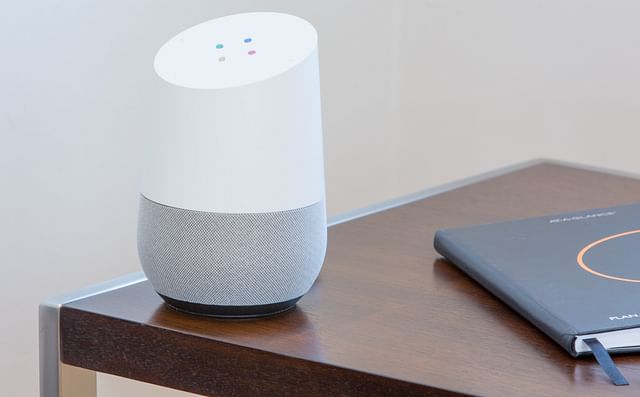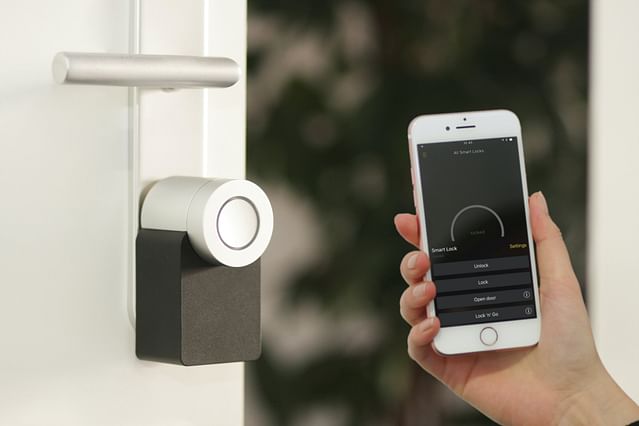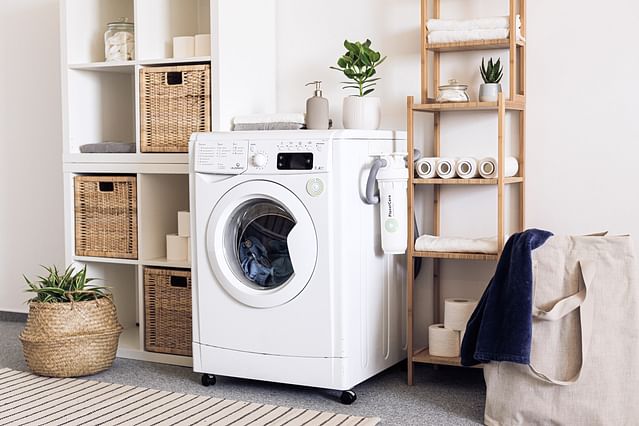
The 5 easiest home automation projects for beginners
Embarking on home automation projects can seem daunting, especially if you're new to the world of IoT (Internet of Things). But fear not! This list is designed for you. We've rounded up the simplest, most common tasks that can be automated within your humble abode. From illuminating your space with a simple voice command to secure locking of your doors, we've got you completely covered. Let's dive in and augment your everyday life with this magical technological marvel!
Installing a smart thermostat

A smart thermostat isn't just a convenient gadget for climate control, it's also a clever way to save on your energy bills! There are two primary methods of integrating a smart thermostat into your home: purchasing a ready-made device like a Google Nest or getting creative and building your own with a miniature computer like the Raspberry Pi or Arduino.
Step-by-step guide to install a Google Nest thermostat:
Turn off your old thermostat: Always make safety a priority. Turn off the power to your current thermostat before starting the process.
Remove the old thermostat: Next, carefully remove the old device - unscrew it from the wall and disconnect the wires.
Attach the Nest base: Simply follow the Nest app instructions to connect the right wires into the Nest base, then attach it to the wall.
Finally, attach your Nest: Snap the Nest itself onto the base and power it up. Follow the app's instructions to connect it to your Wi-Fi, and you're good to go!
Similarly, assembling your own smart thermostat with a Raspberry Pi or Arduino is a fun DIY project that's perfect for beginners. Plus, it allows you to further customize your gadget as per your needs!
Connecting your home security system

Home security is non-negotiable. A reliable security system not only deters intruders but also adds an extra layer of safety and comfort to your home. And the best part? With a little innovation, you can amplify its capabilities to serve as a home automation hub!
Integrating door locks with your home security system:
- Choose a smart lock compatible with your security system.
- Install the smart lock as per manufacturer instruction.
- Open your home security system's app, scan for new devices, and connect accordingly
- Check operation - ensure the door locks can be controlled remotely.
Just like that, you now have remotely accessible door locks! You can even set up your home lighting system to automatically turn on and off based on motion detection, creating a schedule, or triggering other automation devices. Let your imagination run wild and unlock countless possibilities!
Setting up a voice-activated assistant
Whether it's the likes of Amazon's Alexa, Google Assistant, or Apple's Siri, having a voice-activated assistant in your home is like having your very own JARVIS from 'Iron Man'.
Let's set up the Amazon Echo (Alexa):
Plug in the Amazon Echo: First things first, you'll need to plug the device into an electrical outlet.
Download the Alexa app: while the Echo is firing up, grab your phone and install the Alexa app.
Connect Echo to Wi-Fi through the app, and you're ready to say "Alexa!"
Aside from controlling smart devices, these assistants can provide you with news updates, weather forecasts, set alarms, make shopping lists, and are continuously learning and adding new features.
Programming your lights to turn on and off automatically
Automation of lights can bring significant convenience to your life. Imagine eliminating the simple yet annoying task of reaching for the switch when you're half-asleep!
Here's how to automate lights using Google Home:
Install smart lights: Choose from a sea of remarkable products like Philips Hue, Lifx, Sengled, etc., and install as per instructions.
Open Google Home app: In the app, click on '+' > 'Set up device' > 'New devices' > Choose 'Home' > 'Next', and follow the app instruction for setup.
Automate the lights: Once set up, you can now program your lights to turn on/off or dim/brighten based on sunrise/sunset, your location, or even your daily routine.
Adding a water sensor to your basement or laundry room

As a preventive measure against expensive water damage, a water sensor is an essential automation device for areas prone to waterlogging like basements or laundry rooms.
Steps to set up a Smartthings water sensor:
- Download the Smartthings app and create an account.
- Plug in your Smartthings hub and follow on-screen instructions to connect the hub to your Wi-Fi network.
- On the app, go to '+' > 'Device' > 'By device type' > 'Water leak sensor' > Select 'Smartthings' > 'Water leak sensor' then follow on-screen setup instructions.
You can now sleep peacefully knowing that if there's a leak, your water sensor will send you an immediate notification.
By installing a smart thermostat, connecting your home security, setting up a voice-activated assistant, programming your lights, and adding a water sensor, you'll be stepping into a fascinating world of automation. Make sure to share your newly-gained knowledge with your loved ones; keep spreading the convenience and enjoy the luxurious feel of tech-enabled living!
Posted on: Nov 18, 2022 Last updated at: Jan 7, 2024